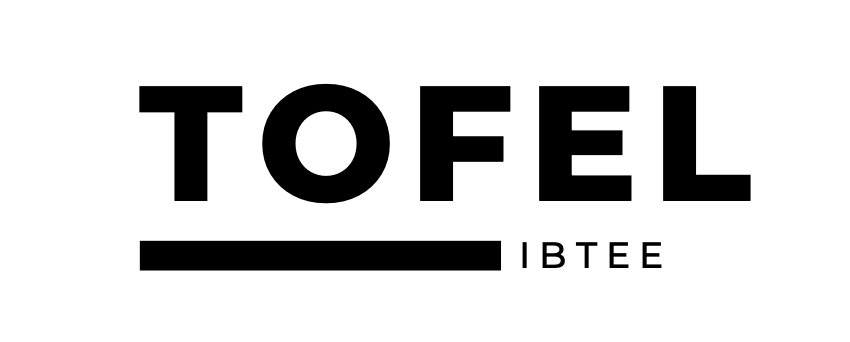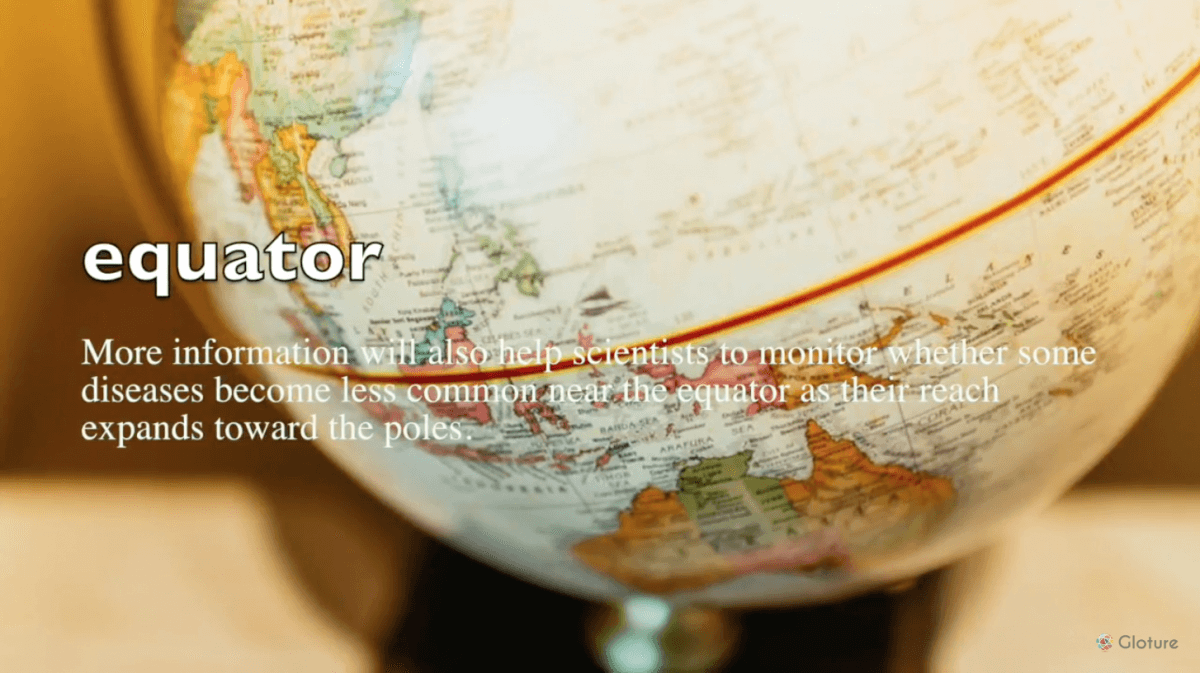As the world accelerates into the future, so do the challenges we face in academic testing. The TOEFL 2025 isn’t just another hurdle for English language learners; it’s a transformative step toward unlocking opportunities across the globe. Understanding how to navigate this ever-evolving landscape is crucial, whether you’re aiming to study abroad, qualify for a new job, or simply challenge yourself. Gone are the days when rote learning would suffice. Today, success requires a strategic approach tailored to the nuances of this modern examination.
Imagine being equipped with the inside scoop on mastering the TOEFL 2025. This isn’t just about memorizing vocabulary or acing practice tests; it’s about understanding the framework around which this pivotal test is built. With new digital interfaces, adaptive questioning, and broader content coverage, the path to success has never been more complex—and exciting. This blog will guide you through the top strategies to conquer the TOEFL 2025, ensuring that you’re not just ready, but confident in your ability to excel in this critical evaluation.
Understanding the TOEFL Framework
To tackle the TOEFL 2025 effectively, you must first understand its underlying framework. The test is designed to measure academic English skills across four key sections: Reading, Listening, Speaking, and Writing. Each section has a specific time limit and format—reading passages followed by multiple-choice questions, audio lectures with comprehension tasks, speaking prompts recorded via microphone, and writing assignments that range from integrated to independent essays. Scoring is on a scale of 0–120, with each section contributing up to 30 points. A solid grasp of timing constraints, question types, and scoring criteria can dramatically improve your performance on test day.
Beyond format, the TOEFL framework also integrates adaptive questioning and digital enhancements that reflect real-world academic scenarios. When planning how to learn TOEFL in 2025, recognize that the exam simulates university environments—lectures, discussions, and reading materials from diverse disciplines. You’ll need not only English proficiency but the ability to process information quickly and accurately. Mapping out a study schedule that aligns with the test’s structure—dedicating specific days to each section and practicing under timed conditions—will build familiarity and reduce anxiety. By mastering the architecture of TOEFL 2025, you set the stage for strategic preparation focused on maximizing every point.
Navigating the Digital Interfaces
The transition to fully digital testing platforms means familiarizing yourself with the TOEFL 2025 interface is essential. From on-screen timers to drop-down menus for answer selection, every feature is designed to mimic a computer-based academic setting. Before test day, practice on official TOEFL practice platforms or high-quality simulators to get comfortable with navigating between questions, flagging items for review, and using built-in tools like line readers or highlighters. A smooth interaction with the interface can save precious seconds that accumulate across dozens of questions.
Another critical element is mastering on-screen note-taking. In both Listening and Speaking sections, you’ll rely on digital note pads or whiteboards. Developing clear, concise abbreviation systems—such as using arrows for cause and effect or initials for common terms—will help you capture essential details without losing track of the audio or prompt. Familiarity with menu icons and quick access features also ensures you won’t fumble when under pressure. By integrating interface practice into your study plan, you’ll boost technical confidence and minimize distractions on exam day.
Mastering Adaptive Questioning Techniques
TOEFL 2025 employs adaptive questioning in certain sections to gauge your proficiency in real time. While the overall test isn’t fully adaptive like some other exams, specific subsets of questions adjust in difficulty based on your responses. Recognizing patterns—such as increasingly complex vocabulary or longer listening passages—can alert you to shift strategies. When you answer a question correctly, know that the next one may be harder; if you miss an item, remain calm and focus on question comprehension rather than perceived difficulty.
To prepare, practice with adaptive quizzes that mimic this feature. Time yourself, but also take note of how question difficulty evolves. Learn to identify key question stems—such as “What does the speaker imply?” or “Which academic concept is best supported by the passage?”—so you can approach each item methodically. Developing mental checklists for common question types will reduce hesitation. Over time, you’ll build resilience against tougher items and maintain accuracy when the test ramps up, optimizing your score on adaptive sections.
Broadening Content Coverage Strategies
One hallmark of the TOEFL 2025 is its expansive range of academic content, drawing from sciences, humanities, social sciences, and business topics. To feel at home with any subject matter presented, diversify your study materials. Incorporate university-level articles, video lectures, podcasts, and research summaries from different fields. Doing so not only strengthens background knowledge but also enhances your ability to anticipate question angles—whether they ask you to identify the author’s purpose, summarize a process, or analyze data trends.
Set a weekly schedule that rotates through disciplines, dedicating at least one day to unfamiliar topics like geology or economics. When encountering new vocabulary or concepts, create flashcards that include definitions and context sentences. Discuss articles with study partners or online forums to reinforce comprehension and glean multiple perspectives. This strategy ensures you won’t be thrown off by specialized content on test day and allows you to demonstrate both language proficiency and academic literacy across a spectrum of subjects.
Enhancing Vocabulary Skills
Robust vocabulary knowledge is a cornerstone for success on TOEFL 2025. Beyond memorizing word lists, focus on acquiring words in context. Read academic journals, reputable news outlets, and subject-specific blogs, noting how terms function within sentences. This approach cements not only definitions but also collocations and idiomatic usage. Tools like spaced repetition software (SRS) can help you review new words systematically, preventing forgetting curves from eroding your gains.
Another powerful technique is to engage in active vocabulary production. Write brief summaries of articles or record yourself explaining concepts aloud, deliberately using new words. Peer review or language exchange partners can provide feedback and correct subtle nuances. Additionally, practice word-formation drills—identifying prefixes, suffixes, and root words—to decode unfamiliar terms on the fly. By integrating contextual learning, active usage, and morphological analysis, you’ll build a dynamic vocabulary base that elevates your reading, writing, speaking, and listening performance on TOEFL 2025.
Improving Reading Comprehension
Effective reading comprehension on the TOEFL 2025 isn’t just about understanding individual sentences; it’s about grasping an author’s line of reasoning. Practice skimming techniques to identify main ideas in the first and last sentences of each paragraph. Then, use scanning to locate details that answer specific question prompts. Over time, you’ll develop a sense for how academic passages are structured and where key information typically resides.
Timed practice is vital. Allocate 20–25 minutes per passage during your study sessions, mirroring the actual test conditions. After each practice set, review incorrect answers thoroughly to pinpoint weaknesses—whether in understanding inference questions, recognizing paraphrases, or integrating visual data from charts. Cultivating a habit of concise note-taking—a few words capturing the gist of each paragraph—helps you navigate back to relevant sections without rereading entire texts. This dual approach of strategic timing and focused review sharpens both speed and accuracy.
Excelling in Listening Exercises
The Listening section of TOEFL 2025 features conversations and lectures that test your ability to comprehend spoken English in realistic academic contexts. To excel, immerse yourself in diverse English audio sources: university podcasts, TED Talks, and documentary segments. Practice active listening by summarizing each audio chunk in your own words immediately after it ends. This cements comprehension and trains you to identify speaker intent, tone, and transitions.
Note-taking is another critical skill. Develop abbreviations for common terms—using “Lec” for lecture, “Prof” for professor, or arrows to indicate cause and effect—and focus on capturing key points rather than every word. During practice sessions, replay difficult sections without looking at transcripts to simulate test conditions. Pay special attention to signal words (however, therefore, in contrast) that indicate shifts in argument. With consistent practice, you’ll build the reflexes needed to parse lectures and conversations swiftly and accurately on exam day.
Writing Proficiency Tips
The Writing section in TOEFL 2025 consists of two tasks: an integrated essay based on reading and listening passages, and an independent essay on a general topic. For the integrated task, hone your ability to synthesize information by practicing summarizing paired passages in a single coherent response. Outline your essays with clear thesis statements, supporting points, and concise transitions to showcase logical flow. Use phrases like “The reading passage suggests…” and “According to the lecture…” to structure your comparisons effectively.
For the independent essay, polish your brainstorming and outlining process. Spend a few minutes planning your position, listing two to three supporting arguments with examples, and organizing your ideas into introduction, body, and conclusion. Focus on coherence, varied sentence structures, and academic vocabulary—elements that examiners look for when assigning higher scores. Regularly time yourself for 30-minute independent essays, then seek feedback from teachers or online communities. Iterative revision based on constructive critiques will elevate your writing clarity and sophistication in preparation for TOEFL 2025.
Speaking Section Strategies
The Speaking section of TOEFL 2025 presents six tasks: two independent questions and four integrated tasks. To build confidence, practice speaking into a recording device under timed conditions. For independent prompts, structure responses with a brief introduction, two supporting reasons, and a concise conclusion. Aim for 45–60 seconds of clear, well-paced speech. Avoid filler words by developing transitional phrases like “Firstly,” “Moreover,” and “In conclusion.”
Integrated tasks require synthesizing a reading passage and an audio clip or two audio clips. Jot down key points—main idea, supporting details, speaker attitude—and draft a quick outline before speaking. Remember that pronunciation, intonation, and pacing count as much as content. Listen to sample high-scoring responses to internalize natural stress patterns and rhythm. Regularly record and critique your answers, noting areas for improvement in clarity, vocabulary use, and grammatical accuracy. Through deliberate practice, you’ll approach the speaking section with poise and precision on TOEFL 2025.
Conclusion: Achieving Ultimate Success in TOEFL
Mastering TOEFL 2025 demands a strategic blend of content mastery, technical familiarity, and targeted practice across all four sections. By understanding the framework, navigating the digital interfaces, and honing adaptive questioning skills, you’ll build a solid foundation.
Complement this knowledge with diversified content exposure, robust vocabulary training, and dedicated drills in reading, listening, writing, and speaking. Consistent, focused effort—guided by these comprehensive strategies—will transform your preparation into measurable success on test day.










